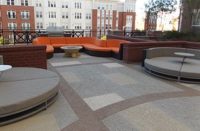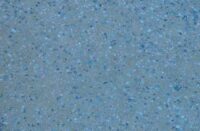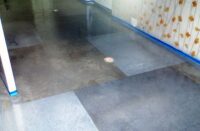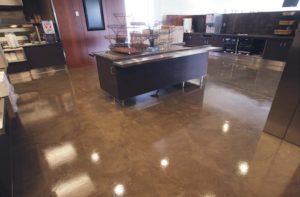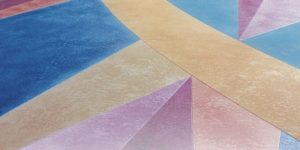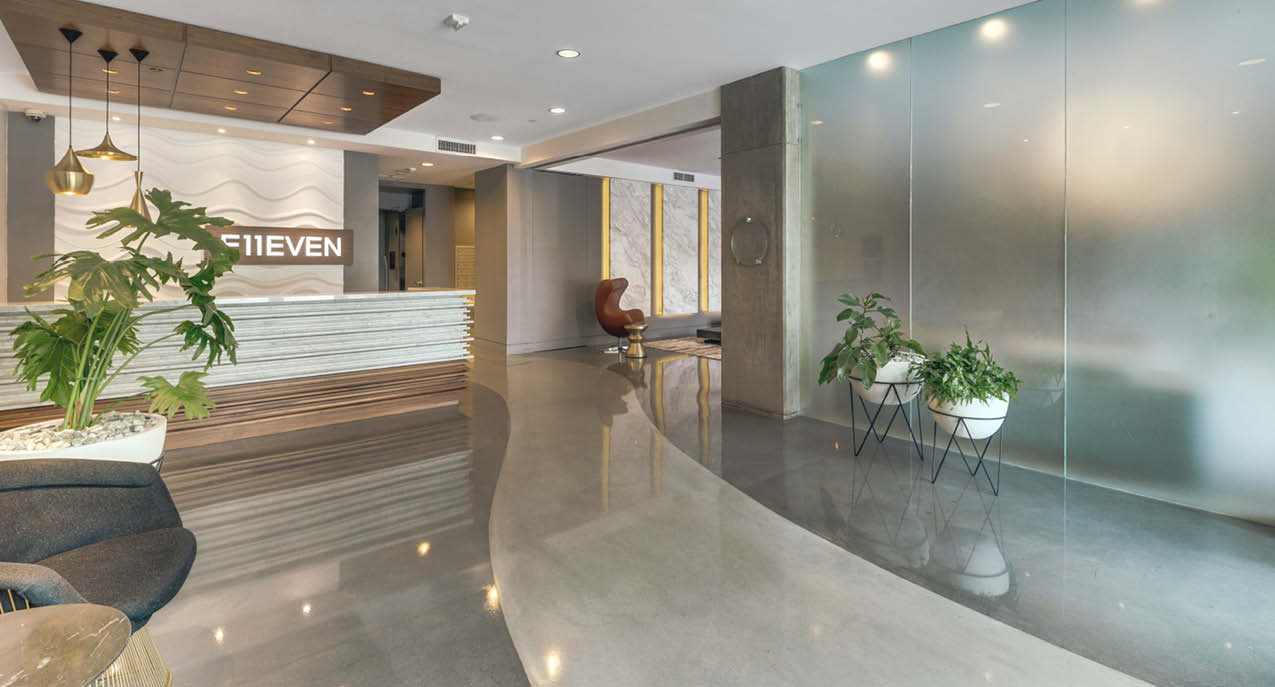
A baker knows when there’s a disaster in the kitchen. However, sometimes a little bit of icing can go a long way toward redemption. Concrete contractors have a similar option with overlays and an unsightly slab: The overlaid section not only looks better, but the chemistry behind today’s concrete overlays often create a much more durable surface than what was already there.
However, that’s only one of the advantages these products offer. All of these advantages are bringing them to the forefront of a contractor’s bag of tricks.
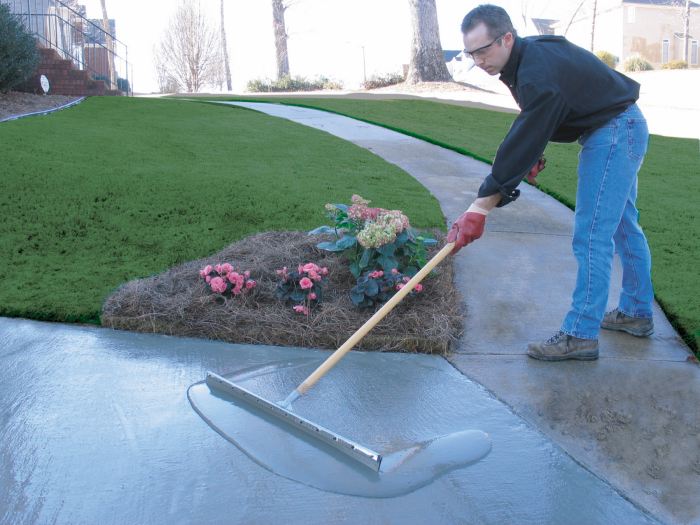
Products for an imperfect world
In a perfect world, every client would love every job, and the durability of every installation could be measured in decades. The reality is something different.
Scott Kummer of Los Angeles-based Green Chemistry Innovations (GCI) says there are several different reasons for using overlays. One, of course, is for concrete in need of repair.
“That repair could be due to cracking, unsightliness or irregularities,” he says. “You can go through a laundry list of reasons: discoloration, improper finish, or the client simply doesn’t like the finish or the color.”
The other reason, Kummer says, is in commercial and industrial applications where more is being demanded of a floor than when it was originally installed, including the elimination of seams, cracks and crevices.
Durability wins
The idea of concrete overlays, in general, is not at all new. What’s setting today’s products apart is their durability.
Frank Owens, vice president of marketing for Atlanta-based Quikrete, says his company has offered a concrete resurfacer for about 15 years.
“It was designed with a bond strength that was equal to concrete’s tensile strength,” he explains. “If you were to imagine pulling up on concrete until it fractured, that’s the strength of our resurfacer.”
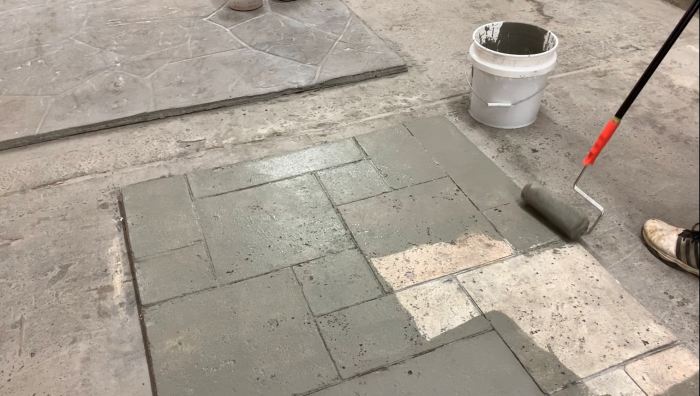
However, continued research by Quikrete over the years led to the use of proprietary polymers in its current resurfacer, called Re-Cap, which has a bond strength that’s about four times the strength of the concrete itself. As a result, the concrete will fracture before the bond to Re-Cap will break.
Kummer agrees there’s nothing weak about these overlay products. He says a typical concrete job may have a tensile strength of 3,000 psi. However, his company’s new GSPEC (Green Self-leveling Polyurethane Epoxy Cement) product goes well beyond that.
“The resin alone can yield more than 8,500 psi,” he says. “Then, you add the powdered cement and sand aggregates into it, and the matrix is being increased. This is a coating that can easily yield 9,500 psi.”
That’s not to say it will, though. Owens says research has continued in the development of polymers. This makes up for any potential problems that might arise through poor surface preparation or materials handling.
For instance, Owens says Quikrete recommends spending at least as much time in surface prep as in applying the actual product.
“We really recommend a 3,500-psi pressure washer,” he say. “That will take off any concrete that’s delaminating. It also does an adequate job removing oil, grease and other contaminants that could prevent a permanent bond. That’s critical for the ultimate success of resurfacing.”
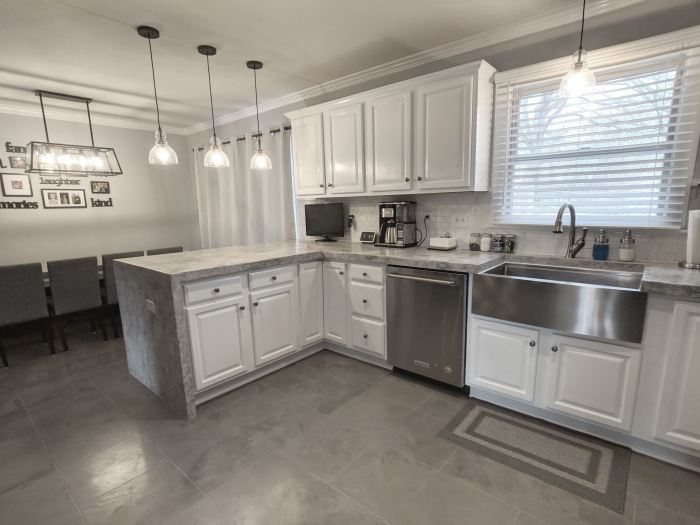
A solution for every need
However, the result of resurfacing can be just about anything a contractor needs it to be. This is true whether it’s simply cleaning up the mess left by last winter’s freeze-thaw conditions or an unhappy color application. It can also be true if it is something more complex, like a new stamping job.
At its most basic is a product like Picayune, Mississippi-based Stone Edge Surfaces MicroTop, which can be sprayed on in thin coats.
“MicroTop has many uses from tape-down applications and smooth topcoats to updating colors,” says Bruce Grogg, company president. “The simplest application is using it in a spray or roll-on application on a textured surface to take the color back to gray or white while leaving the texture.”
It also works on veneers or ready-mix concrete surfaces to change or clean up coloring or add more life, Grogg adds.
Bart Sacco, president of Throop, Pennsylvania-based Kingdom Products, says his company’s Top Cap is designed for just about any kind of restoration work the customer may need.
“They can do standard concrete repair with it,” Sacco says. “We sell it pigmented so they can do decorative repair with it. They can also use it as a finish coat around a pool for a pool deck where they’re applying a spray-down/knock-down finish.”
Waterproofing options
Kingdom Products also sells a product that you can use for waterproofing. Sacco says often when there’s a problem with concrete it’s because the environment it’s in is too moist, such as near the ladder of a swimming pool.
“The polymers we utilize in the material literally get stronger the longer they’re underwater,” he says. “Some types of polymers aren’t able to handle water. They break down. But we use a material that’s conducive to that environment.”
For clients looking for a different look with an existing concrete base, one option is a thicker overlay, says Grogg.
“If you want to carve or stamp, you want to go with a stamped overlay like our Stamp or Trowel Mix,” he says. “They go on a little thicker because they have larger sands and fiber for added strength in them. The finer sands you go, the thinner the product can go, typically.”
Correction benefits
But that’s not the only look where an overlay can play a key role. Kingdom Products also manufactures what Sacco calls “a profile corrector” which can smooth out the cornrows left from shot-blasting or cover other imperfections in a floor.
Rosalia comes in a variety of thicknesses, but while the coarser version is great on imperfections, with Rosalia Cream, “when it dries it’s a perfect subbase that’s ready for an acid stain, acetone-based dye or as a perfect base for an epoxy,” Sacco says.
That is, of course, unless you’re GCI’s Kummer. He says his epoxy can take on the self-leveling cementitious products and create a floor that’s as durable as terrazzo without the busy aggregate-look that doesn’t fit with today’s interior designs. In fact, they designed his GSPEC to put a product in the hands of contractors that looks like self-leveling cement with 50-year durability.
“That’s who I’m competing with,” Kummer says. “Because my product is self-leveling, you’re not on your hands and knees troweling it. I can do a large amount of square footage in half the time it takes me to do terrazzo. And, while I can add aggregates, I’d rather leave some artistic freedom to the contractor or installer.”
Plenty of pluses
Choosing the right overlay can enable a contractor to do a remarkable range of things. However, there are other factors to consider. Ease of use and cost are two.
For instance, Kingdom’s Sacco notes that sometimes a job setting doesn’t make it easy for a contractor to do a replacement job. That’s especially true in big cities where dumping refuse can be cost-prohibitive, and the job’s location can make it difficult.
“If you’re in New York or New Jersey, there’s no place for guys to dump the old material,” he says. “They’re paying by the ton to get rid of it in a dumpster, and it can be a fortune.”
That’s only part of the cost-savings that you can see with concrete overlays, though.
Increase your bottom line
“Not only might it take you days to tear out old concrete, bring in a ready-mix truck and pour a new surface. Additionally, the cost to do so is significantly more than using a resurfacer,” says Quikrete’s Owens. “Renewing concrete with our Re-Cap is 10 percent of the cost of replacing the surface. That’s real attractive to people who have a structurally sound slab that just looks bad.”
It’s also a quick fix, Owens says — again stressing the need for a structurally sound slab underneath the overlay.
“With our products you can walk on it in about eight hours. And, you can drive on it in 24,” he says.
The other big advantage with many of these products: They have a longer open time, says Stone Edge Surfaces’ Grogg.
“You can manipulate it, move it, change it or carve it. You can do what you want to do with it, versus standard concrete,” he says. “If you mess it up a bit, you have time to fix it. Still, the same materials make it up, so it generally reacts the same as concrete does.”
Grogg adds that he’s heard from many contractors who don’t want to start using concrete overlays because of the learning curve. However, he says, if they make sure they’re working on a stable slab, spend the time to do surface prep and cut their teeth on a few smaller projects, there’s nothing to be afraid of.
GCI’s Kummer agrees. “There’s nothing complicated about it,” he concludes.
www.greencheminnovations.com
www.kingdom-products.com
www.quikrete.com
www.stoneedgesurfaces.com
